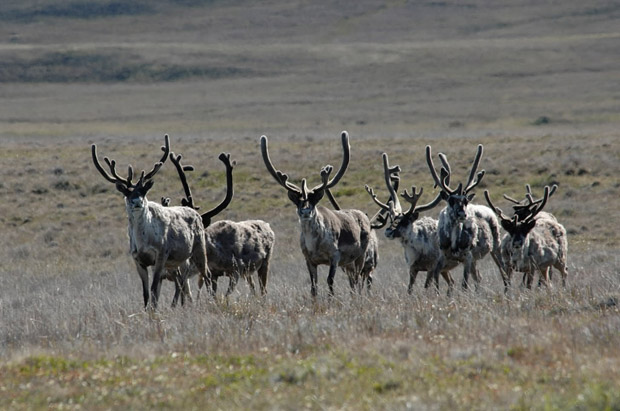EDMONTON – Thousands of oil and gas wells continue to be drilled on critical caribou habitat despite an approaching deadline for Alberta to come up with a plan to restore those ranges.

An industry database shows drilling continues even on ranges that are already almost completely disrupted and where new exploration has been banned, said University of Montana biologist Mark Hebblewhite.
“It’s another cut,” he said. “It’s another form of slow death.”
Hebblewhite’s analysis is based on a database compiled by International Handling Services and purchased by his university colleague Brady Allred, who is using it for another research paper. The database shows drilling activity across North America and is considered the standard industry reference.
READ MORE: Alberta sells of habitat of endangered caribou
Allred and Hebblewhite took the Alberta data and compared it to Google Maps and critical caribou habitat identified by federal and provincial scientists attempting to develop range plans to save Alberta’s endangered herds.
The database clearly shows that development continues on ranges that are already well past the 35 per cent disturbance level considered the maximum for caribou survival.
The Cold Lake range, for example, is about 72 per cent disturbed by energy and forestry. During 2013-14, the database shows that 2,272 new wells were drilled on it.
On the Little Smoky range, which is 95 per cent disturbed and under a moratorium on new lease sales, another 147 wells were added over the last two years.
Energy companies operating in caribou habitat are subject to numerous restrictions, including timing of industrial activity to avoid calving and migration as well as rules on pipeline height, site access and reforestation. The rules are even tighter in Little Smoky, where companies must use old seismic lines where they can and must avoid creating straight, treeless new ones.
But Hebblewhite calculates that the new well sites alone have disturbed an additional one-half to one per cent of caribou range since 2013.
“It seems like a small number, but it’s going the wrong way and it’s almost certainly a huge underestimate,” he said.
The continued disturbance comes as the province is under a federal deadline of 2017 to come up with a plan to restore the ranges.
“Alberta’s policy conflict is clearly one between unrestricted energy development and whether or not we actually want to pay for it,” Hebblewhite said. “The federal and Alberta government are really going to have to figure out how to resolve this.”
At some point, said Hebblewhite, wholesale range restoration won’t be possible – either scientifically or financially.
One 2010 study has already estimated the cost of restoring all caribou ranges in the hundreds of millions of dollars, as well as at least $100 billion in foregone energy industry revenue. Restoring seismic lines costs thousands of dollars per kilometre.
Without major changes, Alberta is going to have to consider which of its 18 woodland caribou herds it wants to save, Hebblewhite said.
“It is absolutely unrealistic to think we can save all of them if we continue doing things the way we do. We just can’t.”

Comments